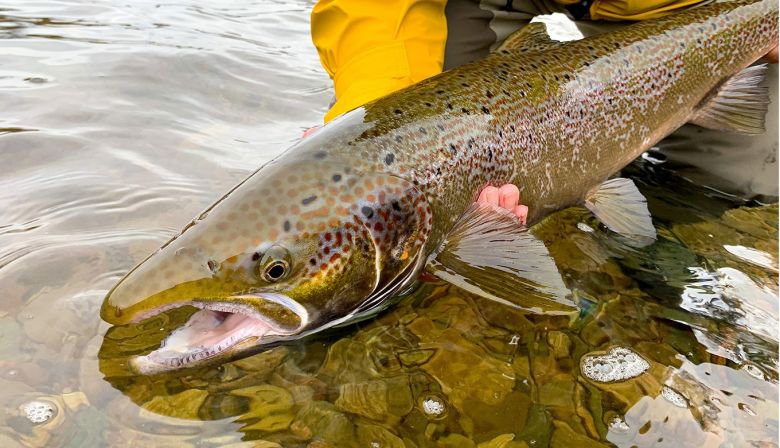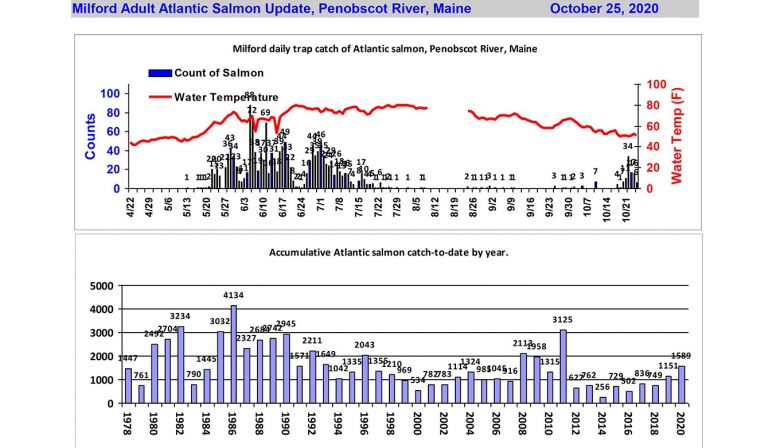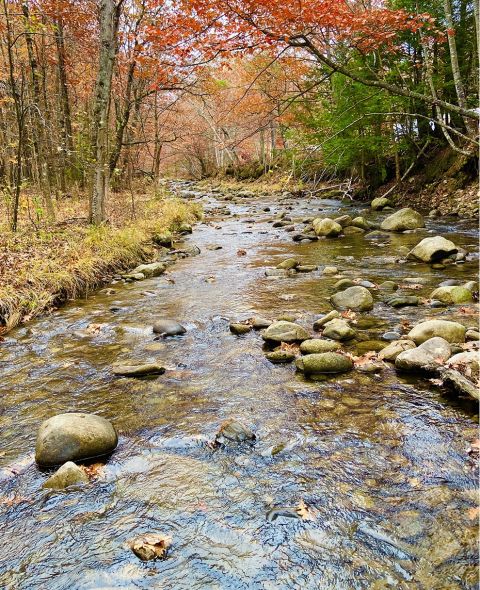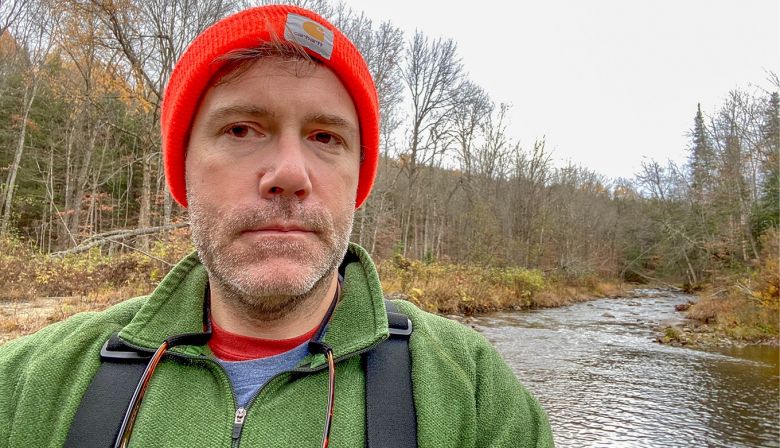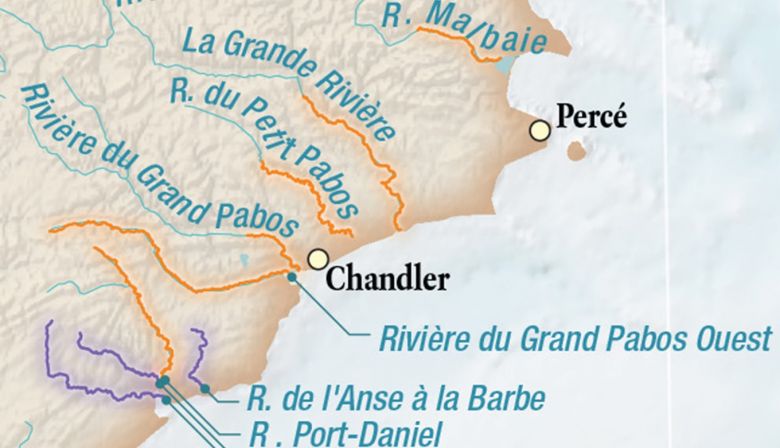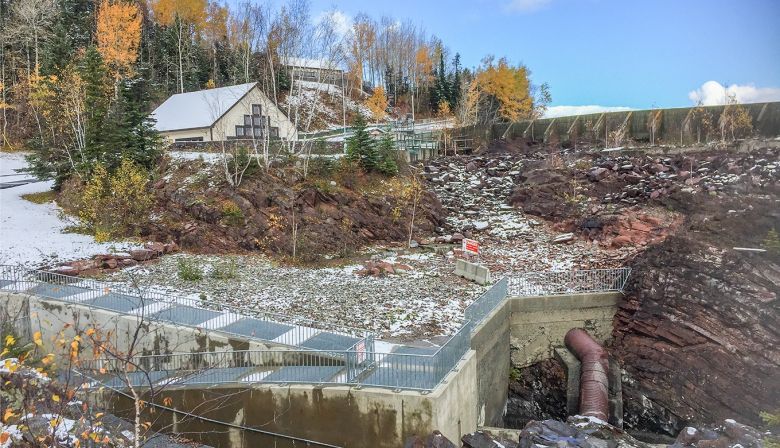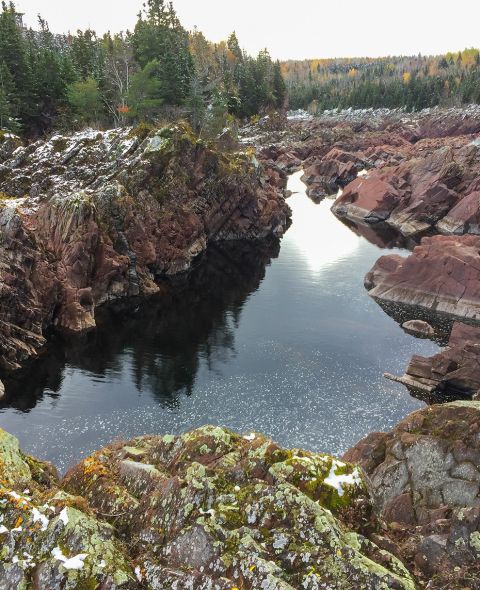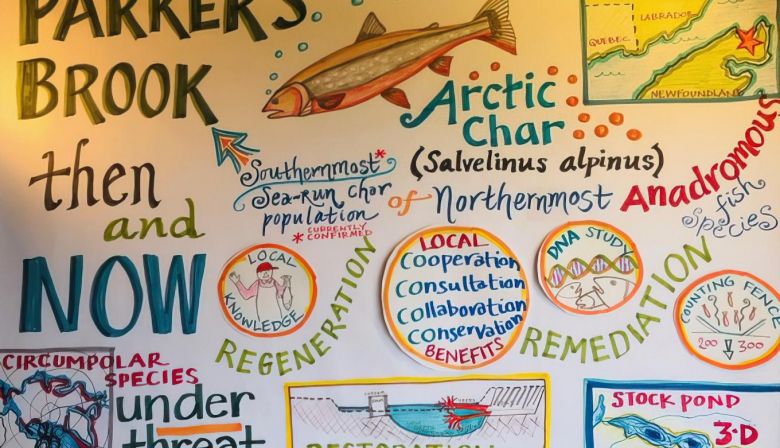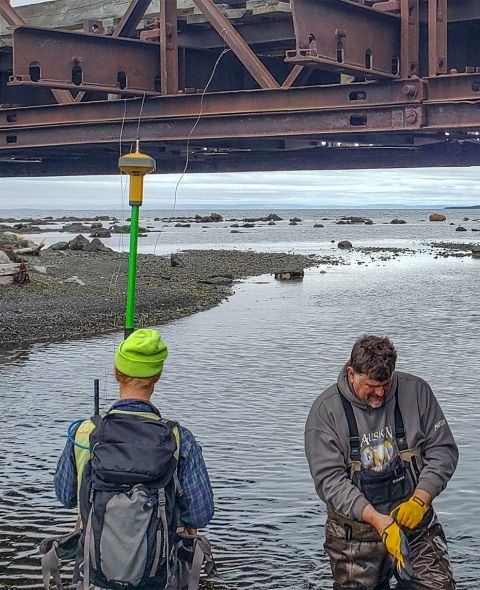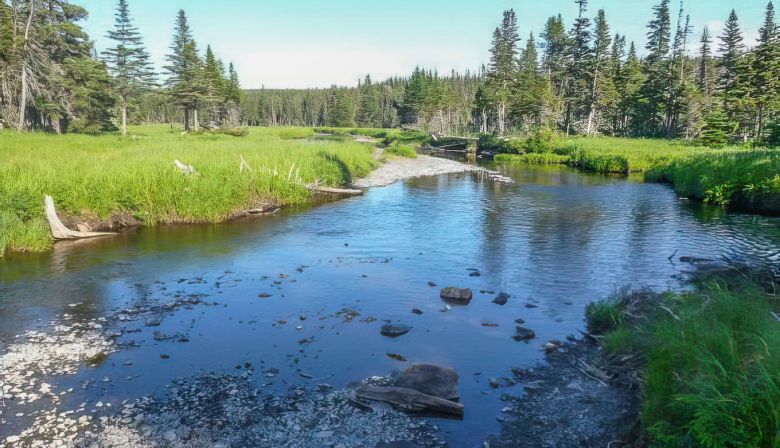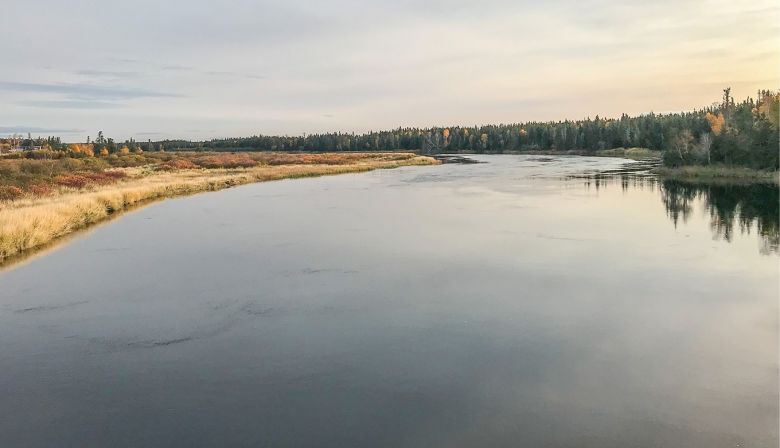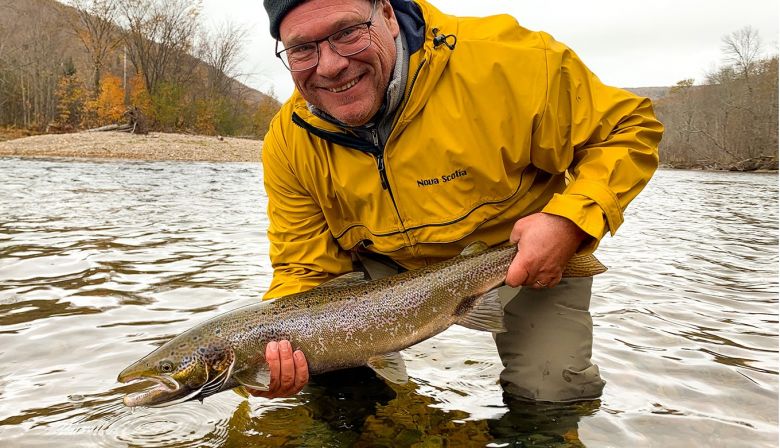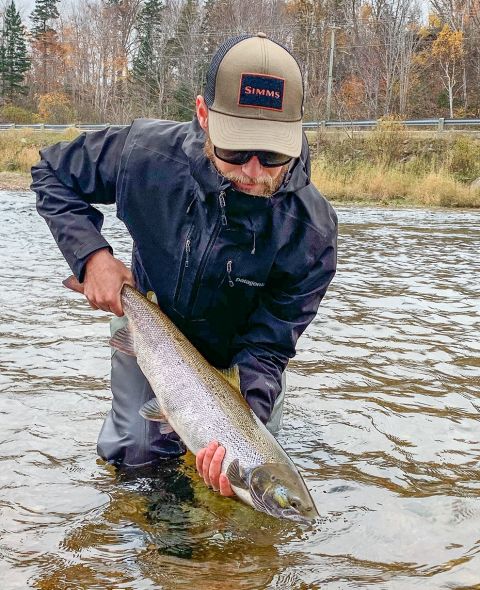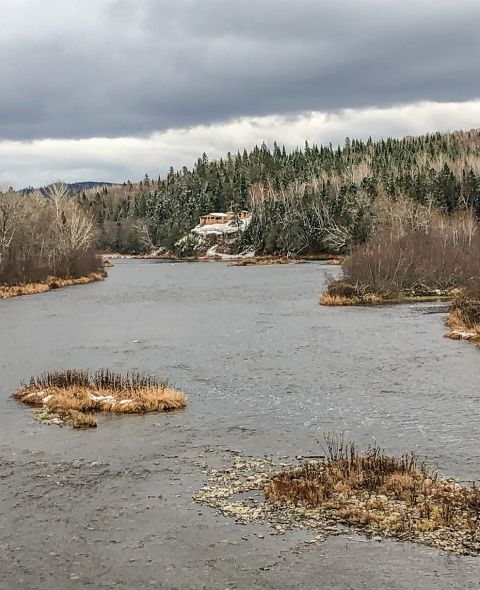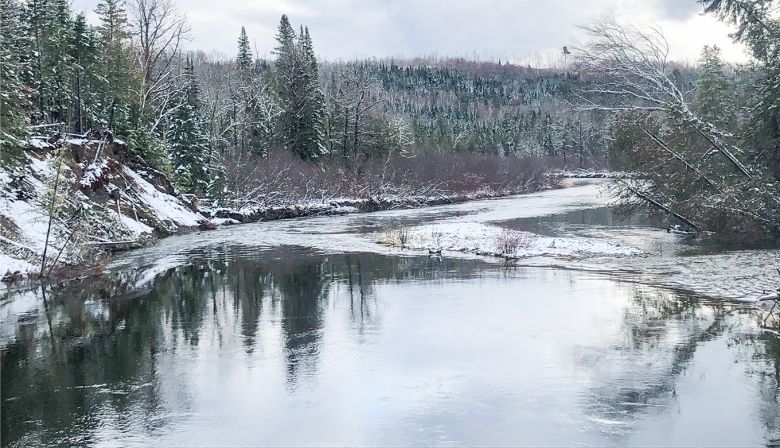A Fall Run of Atlantic Salmon on the Penobscot River
This is indeed a moment for celebration, as it raises the possibility in future of a distinct Fall Run of Atlantic salmon migrating up the Penobscot River. The river continues to have both a very large potential habitat for spawning salmon and the largest return. And this year we have the highest return since 2011.
Jason Valliere, Biologist with the Maine Department of Marine Resources, provides the latest information:
We finally got some rain, and Penobscot River flows have returned to normal conditions. Water temperature has dropped below 10C. Salmon are making their final push to spawning grounds.
We have had 127 new fish since the last update. Twenty have passed through the Orono fishway and 107 through Milford.
I wanted to add a special thanks to Brookfield for maintaining the video equipment and reviewing the video to update these counts, and allowing the fishway gates to be open for free uninterrupted passage.
Please remember that counts have not been adjusted for in-season recaptures based on PIT tag, radio tag, etc. The counts will be adjusted as data become available.
Narraguagus
In addition to the very good news on the Penobscot, there is yet another positive development on the Downeast Rivers.
Colby Bruchs, Maine DMR fisheries scientist, says:
We have two new captures, one female MSW salmon and one grilse have been captured since 19 Oct.. Elevated flows were short lived as discharge has declined to about 80 cubic feet per second. Water temperature remains about 10 C.
The adult trap is being removed for the season on Thurs., 29 Oct..
Atlantic salmon count through 27 October:
Season total: 108 Atlantic salmon, including 94 Multi-sea-winter fish and 14 grilse.
Kennebec Watershed – Sandy River
